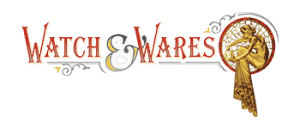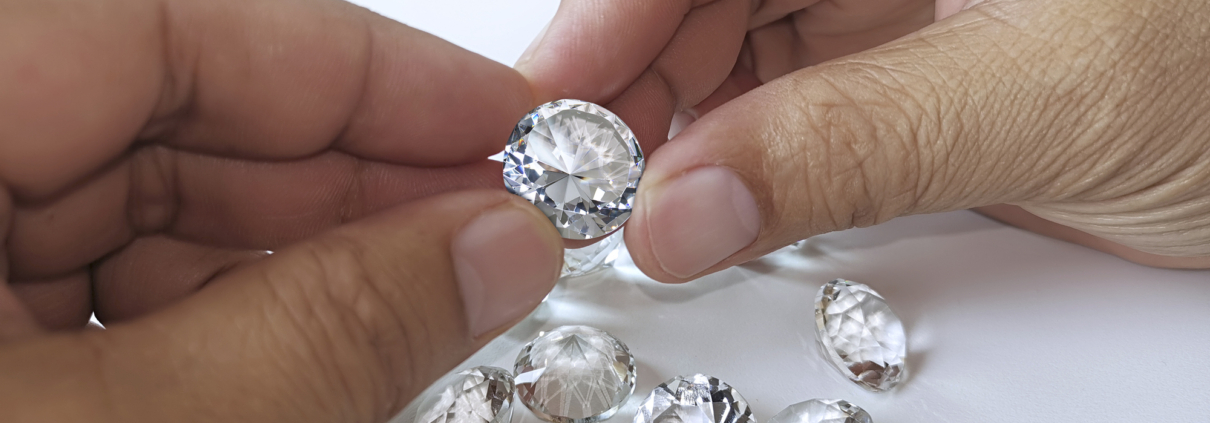3 Important Things To Know About Diamond Color Grading Before Selling Jewelry
If you’ve ever purchased diamond jewelry, you’ve likely heard of “the four Cs.” These four Cs — carat, clarity, cut and color — are the most significant factors in a diamond’s value. When buying and, eventually, selling diamond jewelry in Orange, CA, it’s important to know as much information as possible about these four Cs. Being familiar with them and how they affect value will help you get the best deal on a diamond jewelry piece and get the best value back when it comes time to sell jewelry at Watch & Wares, the best place to sell jewelry near you.
Virtually everybody knows the importance of a diamond’s carat, or relative size, but color is another crucial component of diamond grading. Here are three important things to know about diamond color grading before you take your estate jewelry for appraisal.
1. The Diamond Color Grading Scale
The current diamond color grading scale has been in effect since 1953, when it was first introduced by the Gemological Institute of America (GIA). The GIA is the foremost gemology institute in the country and sets the industry standard for many aspects of diamond value and appraising.
The diamond color grading scale is not like the grading system you used in school; instead, the best grade a diamond can get is a D. Colorless diamonds, the most valuable, receive a D, and the scale progresses down to a Z for the most colored diamonds.
More precisely, diamonds graded D-F are considered “colorless,” G-J are considered “near colorless,” K-M are labeled “faint,” N-R are “very light,” and S-Z are “light.” Generally, the further from D a diamond is graded, the less it’s worth. However, if a diamond is more saturated than even a Z, it’s re-classified as a color diamond and its value increases.
2. How A Diamond’s Color Is Graded
Color can be quite subjective, so the GIA needed to establish a way to objectively and consistently rate the colors of diamonds according to their color scale. The founder of the GIA, Robert M. Shipley, and his protege, Richard T. Liddicoat, achieved this by developing a set of master stones — diamonds of predetermined color against which every other diamond can be compared.
To ensure consistency, each diamond is graded in an identical environment. Professional jewelry appraisal labs have a dark grading room with a special light box that casts a perfectly neutral white tone calibrated to Liddicoat’s standards. The stone is then positioned exactly the right away, as set by Liddicoat, and viewed through a microscope. The gemologist will compare the diamond to the master set of stones under these conditions to determine its exact color grade. This method ensures consistency and accuracy in appraising a diamond’s color and, in turn, its value.
3. Color Grading and Diamond Value
As previously mentioned, diamonds labeled “colorless” with D-F grading are the most valuable. These diamonds are incredibly rare and can cost upward of tens of thousands of dollars, depending on the other 3 Cs.
However, although lower grades have less value, they will still appear virtually colorless to the naked eye. Because the conditions under which diamonds are graded are so specific and controlled, diamonds in the “near colorless” G-J range often appear just as brilliant to consumers as D-F diamonds and are still highly valuable. In fact, it’s only when we get to diamonds in the J-M range that we begin to see the types of stones sold at mass market jewelry stores. These stones are considered “commercial” grade and are often the most affordable diamonds you can buy without significant visible flaws.
If you’d like to determine the value of your diamond estate jewelry, including its color grading, trust the experts at Watch & Wares. We have curated a team of expert jewelry appraisers and gemologists with decades of experience working with some of the biggest names in the diamond jewelry industry. With over 30 years of business under our belts, Watch & Wares is a name you can trust for diamond jewelry appraisals.
To find out more about our diamond and jewelry buying services or to receive a free estate jewelry estimate, give us a call at (714) 633-2030 or fill out our online contact form today. You can also stop by our Orange, CA location Tuesday through Saturday from 10 a.m. to 4:30 p.m. We look forward to working with you!




